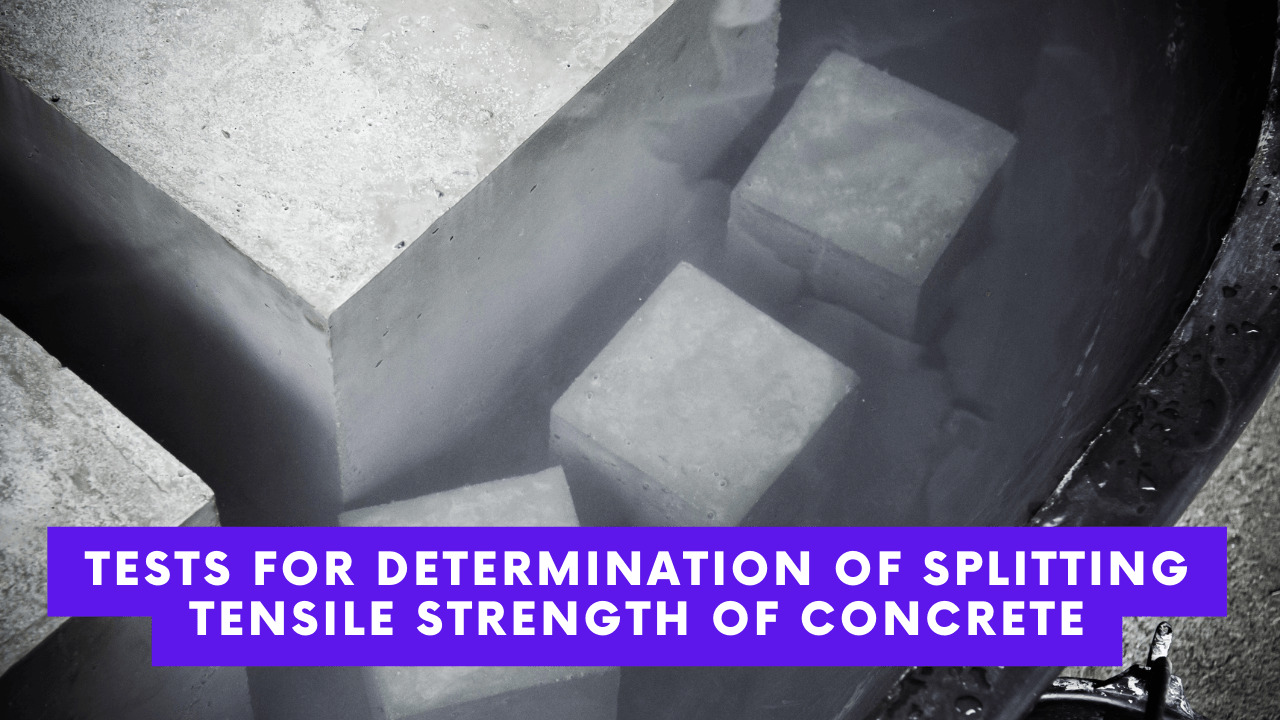Table of Contents
Introduction:
Fineness modulus is the average particle size present in any mixture. In a concrete mixture it determines the mixing ability and interlocking strength.
This factor plays a vital role for determining the interlocking abilities of the sample. It helps in determining the proportion used in the mortar preparation. Depending upon aggregate type there exist two specific categories with different fineness modulus standards.
Related theory:
The collective particles suspended on the sieves in percent is the modulus fineness of the given sample with variating properties. it is determined by sieve analysis. Sieves of standard size are used. It is defined as:
Aggregates(Coarse):
The particles retained on the sieve #4.75mm are categorized as coarse aggregates. average of the particles sustained on the sieves(%) for coarse sample is the modulus of coarse aggregates.

Aggregates (Fine):
The particles passing through the sieve of 4.75mm are categorized as fine aggregates. average of the particles sustained on the sieves(%) for fine sample is the modulus of fine aggregates.

A balanced consistency and equal strength are adopted by determining these properties of the sample. The effective proportioning is carried out by using the fine aggregates modulus whereas the one of coarse aggregates is less affective for the mixture compatibility and design.
A mechanical sieve is usually adopted for this test to have an accuracy level up to the mark because sieving by hand might result into some errors. A continuous, cyclic, and proper sieving is essential, in accordance with the standards greater number of sieves are taken parallel. The descending order is adopted for the arrangement of the sieves.
Size of Sieves:
The standard size adopted for the study of the sample are:
- For coarse sample of aggregates sieve size of 10mm, 40mm, 80mm, 4.75mm, 10mm are used.
- For fine sample of aggregates, sieve size of 4.75mm, 1.18mm, 2.36mm, 150μm, 300μm, 600μm are used.
Standards:
ASTM C-136
Apparatus:
- Aggregate sample
- Oven
- Sieves (different sizes)
- Mechanical sieve shaker
- Weighing machine
Procedure:
- Weigh a certain amount of sample that is to be tested usually based on the mixture (2% of the total sample’s is adopted for this test).
- After weighing the sample is heated at 100-110.
- oven dried sample is evaluated again and put in the mechanical siever setting in descending order.
- After a proper sieving usually through shaker it is stopped.
- sample collected on every sieve is assessed periodically, being determined in % of total sample.
- Cumulated(wt.) % retained on sieve sets for coarse aggregates are summed to be divisible by 100.
- Cumulated(wt.) % retained on sieve sets for fine aggregates are summed to be divisible by 100.
- final results are stated.
Observations:
Coarse sample:
| Size of Sieve
(mm) |
Retained sample (g) | Retained sample (%) | Cumulative (%) |
| 80(mm) | ——- | ——- | ——- |
| 40(mm) | ——- | ——- | ——- |
| 20(mm) | ——- | ——- | ——- |
| 10(mm) | ——- | ——- | ——- |
| 4.75(mm) | ——- | ——- | ——- |
| Sum | ——- | ——- | ——- |
fine sample:
| Size of Sieve | Retained sample (g) | Retained sample (%) | Cumulative (%) |
| 4.75(mm) | ——- | ——- | ——- |
| 2.36(mm) | ——- | ——- | ——- |
| 1.18(mm) | ——- | ——- | ——- |
| 600(μm) | ——- | ——- | ——- |
| 300(μm) | ——- | ——- | ——- |
| 150(μm) | ——- | ——- | ——- |
| Sum | ——- | ——- | ——- |
Calculations:
Following are the formulas adopted:


Comments:
Stability, proportion, quality, along with interlocking abilities are based on these values in practical use.
Precautions:
Following are the precautionary measures:
- sample should be free of moisture.
- sieves should be properly brushed & cleaned.
- manual siever should be properly set I order to avoid loss of the sample.
- weighing should be carried out by removing the error.





